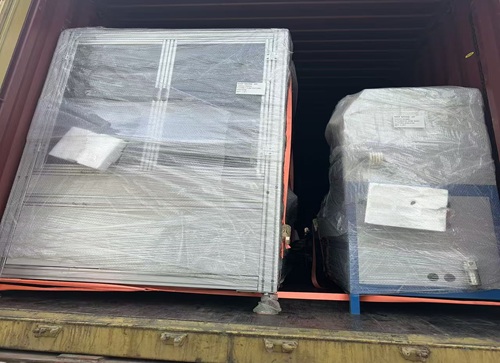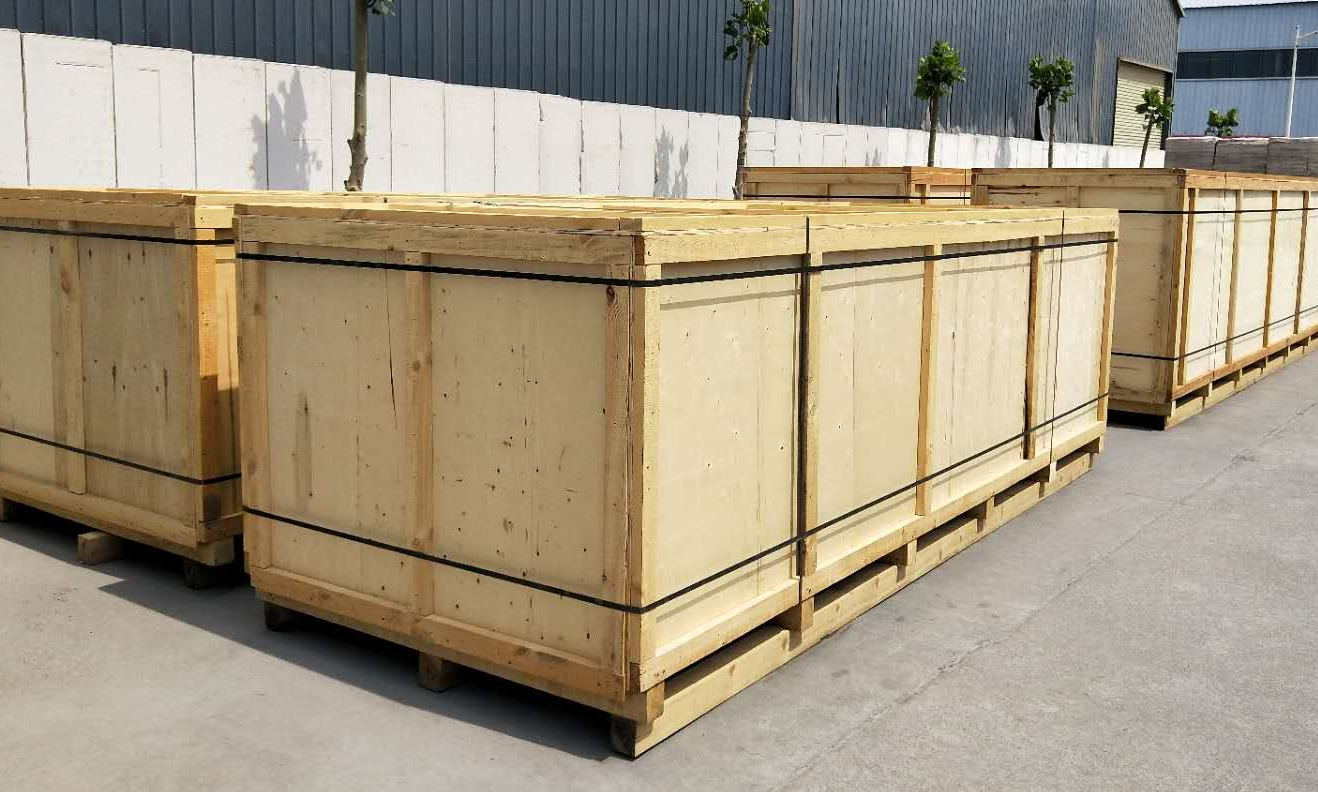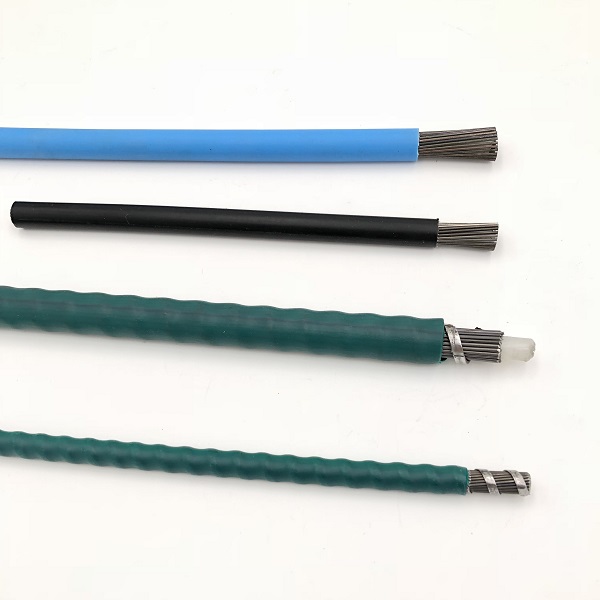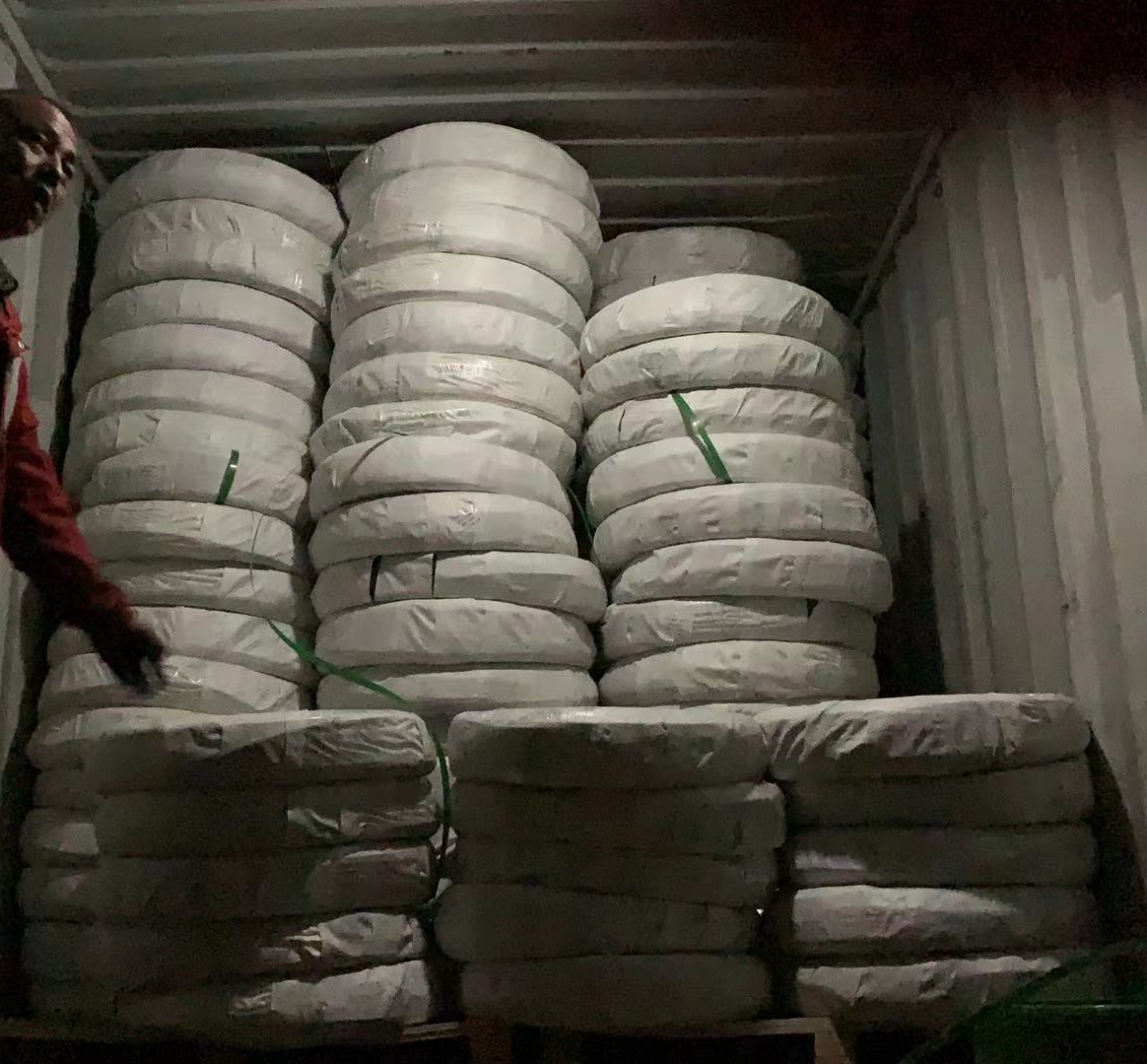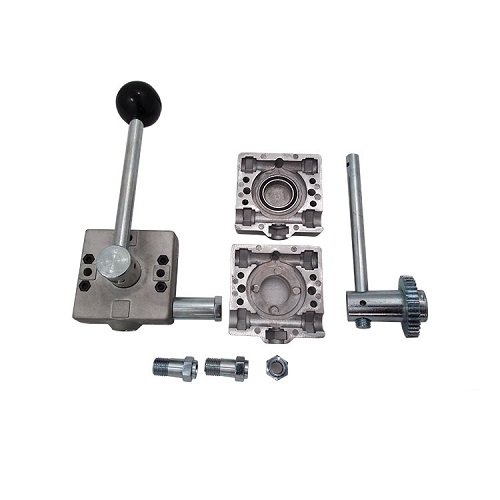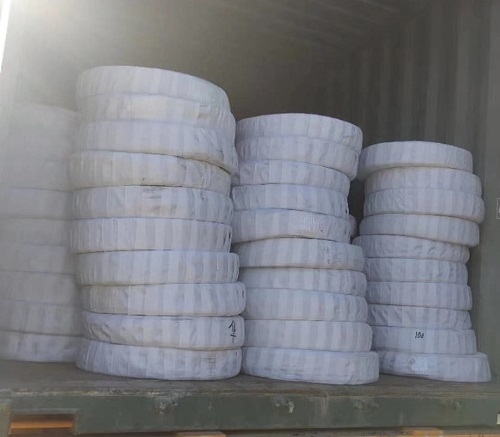The amount of force needed to be transmitted, or workload factor.
Routing of the assembly, with special attention to bend radii, and how the assembly will be anchored.
The length and diameter of the inner wire and the conduit, and the amount of travel required.
When designing a push-pull assembly, the workload in the push mode is potentially critical. As the moving inner wire meets resistance, the wire could possible distort or buckle, especially the portion of the inner wire that extends from the conduit. By increasing the inner wire diameter you can increase the workload in the push direction. A push-pull assembly is stiffer by nature; therefore, larger bend radii are required for smooth motion of the inner wire.
When designing a pull assembly, the workload is a function of the breaking strength inner cable tempered with a safety factor. The inner cable for pull assemblies can be much more flexible, allowing tighter bend radii when routing the assembly.
When designing either style of assembly, other details for consideration.
How the assembly is mounted to reduce the conduit deflecting under tension. Using clamps and /or end fitting to properly secure the assembly is important.
Loss of motion is another potential problem and can be caused by two variables. One is the deflection of the conduit under tension. Second is relative to the total amount of direction change and the clearance between the ID of the conduit and the OD of the core cable. Due to this loss of motion, the length and diameters of the assembly's conduit and inner wire are understandable important considerations. One inch travel on the input side of an assembly, does not necessarily mean one inch travel on the output side

